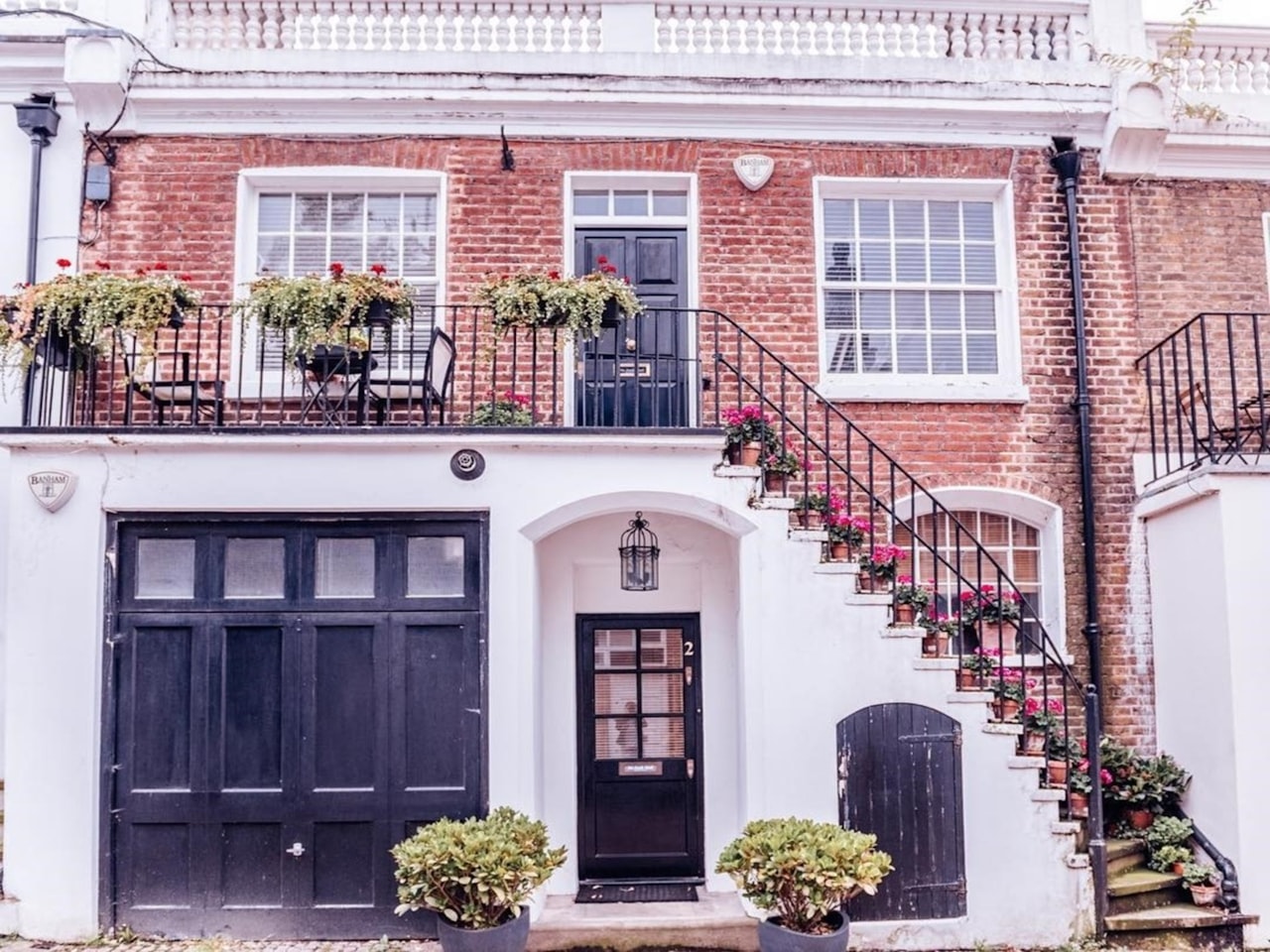Security Deposit Laws in California


AB 12, beginning July 1, 2024, prohibits a landlord from demanding or receiving a Security Deposit of more than one month's rent.
For a rental agreement for a residential property, the security deposit must be equal to one month’s rent, regardless of whether the residential property is furnished or unfurnished.


Buying a home in San Francisco can be an exciting but daunting process.


Here are six qualities that all of the great rental agents in San Francisco will have.

Learn how this service works and if you are a good candidate for hiring these companies.


Aside from packing personal items, here are other ways tenants can ensure a graceful exit from the rental property.


While the basics like curb appeal and staging are crucial, going beyond the conventional can set your home apart in a competitive market.
We represent many of the best apartments, condominiums, and single-family rental homes throughout the city, specializing in sought-after communities in San Francisco. Contact us today to find out how we can be of assistance to you!